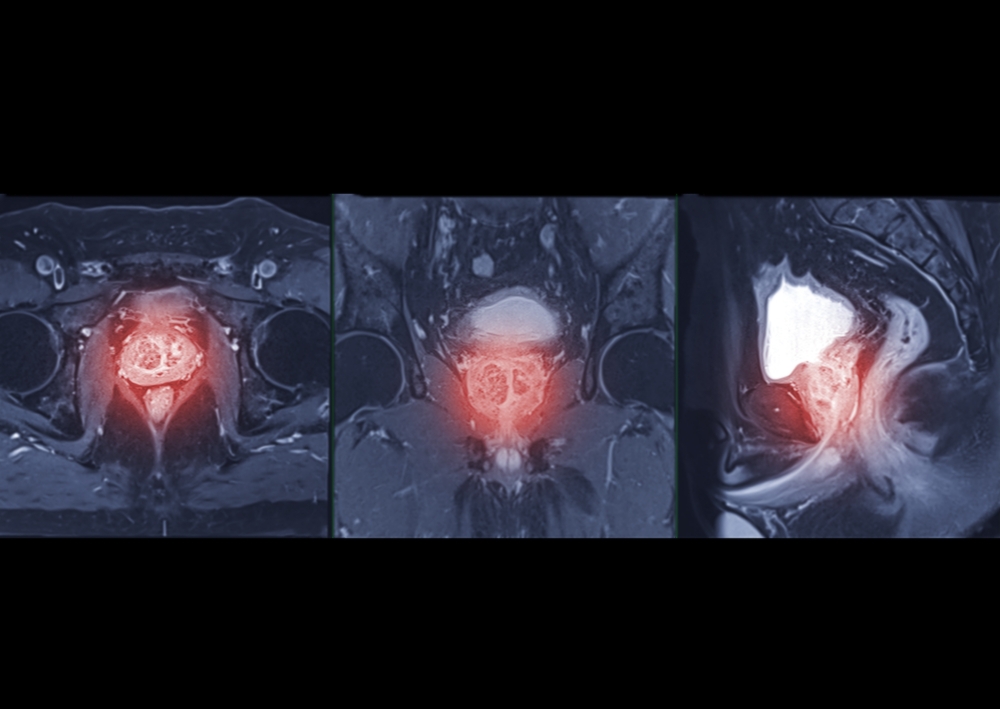Piyush Mahapatra, a consultant orthopaedic surgeon and chief innovation officer at Open Medical, considers the latest consultation on the future of the NHS, and argues that what is needed is not a new vision, but a plan for delivery – and some radical new thinking on the role of healthcare technology.
There is a new 10-year plan for the NHS. It will “focus efforts on preventing, as well as treating ill-health”; make “out of hospital care a much larger part of what the NHS does”; and “upgrade technology and digitally enabled care”.
Are we talking about the 10-Year Health Plan that will be published next summer? Yes and no. In order, these quotes come from The NHS Plan in 2000, the Five Year Forward View in 2014, and The NHS Long Term Plan in 2019.
But they closely mirror the three shifts that the present government wants to see – from hospital to community, treatment to prevention, and analogue to digital. If these three shifts are not new, then the question is: how do we make them a reality this time?
Technology is going to be an important part of the answer, but for that to happen we need some new thinking. We need to make sure that technology is not seen as a ‘nice to have’ or even as an ‘enabler’ of change, but as an essential, everyday tool.
And we need a shift in mindset as to what that technology looks like, so that we can move away from time and capital-intensive IT programmes, and adopt revenue-funded, zero-footprint platforms that drive efficient, high-quality pathways that work for clinicians and patients alike.
From hospitals to community
How does this work in practice? Consider the ‘left shift’ from hospital to community and primary care settings. This can deliver many benefits for patients, including faster access to care and reduced travel times and costs.
However, it will generally be more efficient for clinical expertise to remain in acute settings, serving larger populations. So, the key is to get the mix right, and to move aspects of the pathway, rather than the whole pathway, into the community.
Tele-dermatology is a great example of how this can be done. Diagnostic-quality photographs of skin problems can be taken in skin hubs or community diagnostic centres and sent for expert review, after which the patient can be reassured and discharged, or referred for specialist care.
This has been in the operational planning guidance for several years, but many regions have still not deployed despite NHS England having funded extensive health economic studies evidencing the benefit of turnkey solutions such as eDerma, which already serves significant areas of the country.
For this to work effectively, information needs to flow between primary care, these new care settings, secondary care and the patient.
Treatment to prevention
Similarly, prevention can deliver many benefits for the system and for patients, including the avoidance of more costly treatment. However, it can be difficult to deliver in practice.
Prevention may require the analysis of large data sets, to identify suitable cohorts of patients for intervention, and ring-fenced, dedicated services to make sure they receive that intervention. So, this is another area where technology is essential.
Open Medical’s eTrauma system is used by trauma teams across the NHS to manage their orthopaedic trauma patients and theatre operation as efficiently as possible. Building on that experience, Pathpoint FLS has been developed to replace cumbersome, time-consuming, manual patient identification processes.
It provides a centralised system for patient identification and management. Then, it automatically generates the worklists and patient communications required to make sure patients are assessed and managed. Critically, Pathpoint FLS provides data to monitor outcomes.
All new services represent a cost to the NHS in terms of facilities, staff and resources, so we need to show they are delivering the cost and outcome benefits that were expected.
Analogue to digital
Tele-dermatology and fracture liaison services are good examples of the government’s first two shifts in action. But to deliver them, it is not enough to simply digitise existing records and paper-based workflows.
Since the NHS Plan, the NHS has focused on rolling out national infrastructure, electronic patient records and, more recently, shared care records to try and join-up secondary, primary, and social care. This is capital and time-intensive activity.
It can take years for a trust to procure, implement and optimise an electronic patient record (EPR), and in that time requirements and technology will have moved on. We need to develop a more evolutionary mindset, one that embraces software-as-a-service models that can be deployed in hours and updated rapidly.
We also need to become far more clinically focused. At heart, EPRs and shared care records are repositories of patient records and operational data, in which it can be difficult for clinicians to find the referral, or note, or key piece of information that they need to help the patient in front of them.
What clinicians need are platforms that can integrate with these big record systems, to drive communications along the clinical pathway, and provide the contextual information they need to make a patient decision, when they need to make it.
New thinking on decision-making, funding and technology
Some additional changes will be needed to drive the three shifts. The big question is who is going to plan and implement new models of care and preventative services.
Integrated care systems evolved out of the Five Year Forward View and should be well-placed to take on this role; but as things stand many are focused on finance and performance management.
Whatever new or revamped planning bodies emerge from the 10-Year Health Plan will need budgetary authority to implement change. At the moment, funding is directed to primary or secondary care, and it needs to follow the new pathways. That money also needs to include IT, so information can move around the system.
There also needs to be a shift in thinking away from IT procurement as capital investment, and a move towards revenue-based, software-as-a-service models that can flex in response to demand and further innovation. Also on the IT front, we need a renewed focus on enabling applications and on enforcing standards, particularly for interoperability.
The NHS’ central, digital bodies could have an important role here, not by building new, national applications, but by requiring the big suppliers to open up their systems or creating middleware to make their data accessible to smaller and more innovative companies at a reasonable cost.
From vision to execution
There are many other issues to consider. How do we persuade the NHS to run smaller, more agile technology projects that solve specific problems for clinicians and patients? How do we get more clinical involvement?
How do we make sure that we have a workforce equipped to embrace and manage all this change? How do we engage our patients, and make sure we are not increasing digital and health inequalities? However, what matters is that we ask the questions and find answers.
The government’s three shifts are well understood, so we don’t need the 10 Year Health Plan to create another vision for healthcare. What we need is for it to lay the groundwork for execution.
That means identifying decision makers, funding pathways, recognising that healthcare technology is essential for delivery, and then moving away from large, capital and time intensive IT implementations to revenue-funded, cloud-native, browser-based solutions that can scale and flex at need.
Over the past two decades, companies like Open Medical have developed the clinically focused, patient-centric platforms that we need. Now, it’s time to use them.













